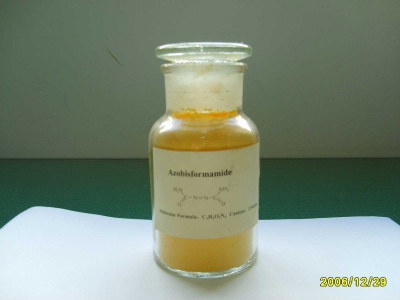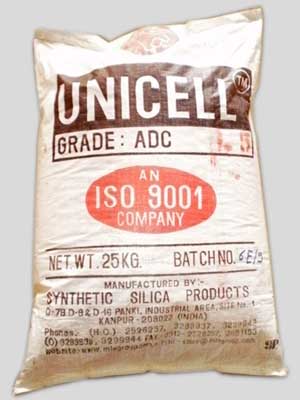Unpronounceable: Azodicarbonamide
A Closer Look at the Ingredients list
Azodicarbonamide.
Say that three times fast.

Who knew modern food would require a degree in chemistry? I figure that if you cannot pronounce it, you should think twice about putting it into your system. In fact, it is also known this way: E927.
They often put azodicarbonamide in store-bought bread products. I had never heard of it. I did not even remember reading the name before Rebecca from DieFoodDye.com mentioned it to me. She said that children with sensitivities to food coloring often have sensitivity to azodicarbonamide, too. After she mentioned it, I started label reading store- bought breads and she was right, it is common.
<Yeah, I’m just keeping the word “Azodicarbonamide” on my clipboard & hitting “paste” on my keyboard when I want to say it. Azodicarbonamide. Azodicarbonamide. Much easier. >
Why They Use It
So azodicarbonamide is an orange powder that supposedly extends shelf life and a bleaching agent. How does something orange have a bleaching effect? Azodicarbonamide chemically reacts with the carotene in the bread.

Where & The Where-Not
You will not find azodicarbonamide in your croissant as you sip your cappuccino outside that quaint French café. Illegal. Not approved. You will not have azodicarbonamide in Europe or in Australia. The United States has capped it at 45 ppm. It is actually a bit worse than this, even, because Europe will not even allow the common use of azodicarbonamide in plastics, due to the respiratory effects on the workers (World Health Organization, 1999).

Bread, With a Side of Carcinogen
According to Wikipedia (yes, I have been reduced to citing Wiki on this one—so sorry), one of the byproducts of azodicarbonamide is the urea. Urea has a secondary reaction of ethyl carbamate, which is not only a carcinogen, but a “pure carcinogen” that was once thought to have medicinal qualities—until the test rats starting dying.
You do not have to search out all of the secondary reactions of this chemical to realize it is unnatural and unhealthy (although the FDA claims that it is “GRAS”—“generally regarded as safe”); if the testing overseas is to be believed, it can cause respiratory distress (World Health Organization, 1999).
Because Everything You Read on the Internet is True
While researching this, I found multiple blogs that claimed azodicarbonamide is the same thing as “bromide,” another common filler. Avoid bromide, too, but they are not the same chemical compound. Someone made the mistake and it has been perpetuated in blogdom until it nearly becomes a known-fact.
The Takeaway Value
If the information on L-Cysteine did not gross you out, if the BTHQ article didn’t scare you, or the bleaching process alert you to their tampering, then maybe learning about one more unpronounceable additive is what it will take to convince you—what you are buying at the store is not whole grain, it is not what grandma fed you, it is not the nourishing bread that is referred to as life-giving in many ancient pieces of literature and the Bible itself.
I would like to encourage everyone to seriously look at what you purchase—become a label reader. Not everyone thinks that they can learn bread baking—but I promise that if you are eager to learn and willing to invest some time into it, you can do it! Your kids will have memories of baking day scents (and of sneaking a piece of raw dough when you weren’t looking). Your boring morning toast will transform into something nourishing, filling, and delicious. You will not regret learning to bake your own bread—and forgoing the carcinogenic azodicarbonamide.
Pronounceably Yours,
Chaya
(“kai-yah” –helping you out, there)
Proviso:
Nothing in this blog constitutes medical advice. You should consult your own physician before making any dietary changes. Statements in this blog may or may not be congruent with current USDA or FDA guidance.
Sources:
World Health Organization (1999). Concise International Chemical Assessment Document (CICAD)#16. Found at: http://www.inchem.org/documents/cicads/cicads/cicad16.htm
Wikipedia Links:
http://en.wikipedia.org/wiki/Azodicarbonamide
http://en.wikipedia.org/wiki/Ethyl_carbamate
Photo Credits:
Bag of azodicarbonamide
